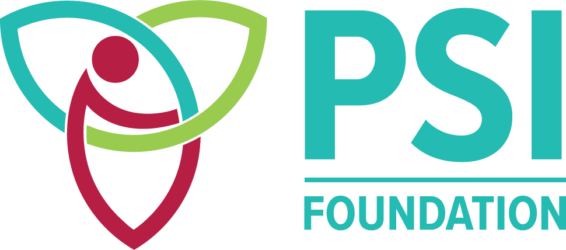“Opportunities such as the Resident Research Grant help residents gain the skills necessary to participate in crucial research and build excitement to continue pursuing research projects when they move on in their careers. The more that trainees can immerse themselves in research during their training, the higher the probability that they will incorporate such skills into their full-time careers.” – Dr. Sameer Shaikh, Joseph Brant Hospital, Burlington
Resident-led research supported by PSI Foundation is drawing attention to the most common and effective forms of medical training in end-of-life care. A better understanding of current training may suggest new learning approaches to help trainees become competent and comfortable with these important skills.
Research has found that 50 to 70% of Canadians die while in hospital, many in high-dependency units such as the ICU, so physicians are often involved with patients and their families during the patient’s final moments.
“In my opinion, taking care of someone at the end of their life is just as important as knowing how to resuscitate a sick patient,” says Dr. Sameer Shaikh, an ICU and ER physician at Joseph Brant Hospital in Burlington. “Knowing how to have these essential but difficult conversations with patients and their loved ones ensures that we are truly serving our patients based on their own values and wishes and that the resources we have are not being misused.”
The Royal College of Physicians and Surgeons of Canada outlines nine end-of-life care objectives for adult critical care medicine trainees (also known as fellows), including pain and symptom management, withdrawal of life-sustaining therapy, and bereavement and counselling. “But end-of-life skills are not necessarily part of the traditional mindset of an early critical care trainee,” says Dr. Samantha Arora, a critical care physician at Thunder Bay Health Sciences Centre. “Most often, fellows are focused on the procedural skills and expert knowledge that they have to acquire, and end-of-life skills can become lost.”
Dr. Shaikh and Dr. Arora were training in critical care at McMaster University when they applied to PSI Foundation for a Resident Research Grant to examine critical care fellows’ end-of-life training and their comfort with these skills.
PSI’s Resident Research Grant is a unique and valuable opportunity for medical trainees, as it requires the resident to be the principal investigator and perform the majority of the research, preparing them for future careers in research. “The onus for the research is on the resident, and it becomes their responsibility in a different way than if they are simply part of the team,” says Dr. Arora. “When you’re involved with the granting agency, you’re part of the conversations around the entire study, and it really helps build those research skills.”
In 2018, PSI funded the ESPRIT (End of Life Skills and Professionalism for Critical Care Residents in Training) study , a national survey of 78 critical care fellows and 12 program directors (PDs). The survey asked about how end-of-life skills are commonly taught and how comfortable fellows are with the Royal College’s end-of-life care learning objectives. In some ways, the survey provided data that confirmed Dr. Shaikh’s and Dr. Arora’s own experiences: fellows and PDs reported that informal forms of teaching, such as direct observation, advice from attending physicians, self-reflection and even voluntary feedback from nurses, were the most common forms of teaching. While these informal methods were often reported as effective, Dr. Arora says, “it does raise questions about how well we understand how much trainees actually know about end-of-life skills and how we are evaluating their knowledge.”
The survey also highlighted that fellows and PDs did not always perceive the learning experience of certain skills in the same way. For example, trainees reported being quite comfortable with pain and symptom management, while most PDs did not feel this skill was taught effectively. The largest discrepancies related to organ donation skills. While most PDs thought these skills were taught effectively, only 65% of trainees were comfortable identifying candidates for donation after cardiac death (DCD) and less than half were comfortable conducting the DCD process.
“Just because PDs perceive a skill as being taught well doesn’t mean that trainees are more comfortable performing that skill,” says Dr. Shaikh. “The more we understand these discrepancies, the more we can bridge the gap between curriculum design and trainee requirements.”
The study’s results were particularly timely, as the Royal College was about to implement Competency Based Medical Education, and the survey suggested gaps where fellows could use additional training. For example, specialized rotations with faculty experts in palliative care or with agencies such as the Trillium Gift of Life Network could expose fellows to specialized knowledge.
The ESPRIT survey was completed well before the COVID-19 pandemic, but the current crisis has heightened awareness of the importance of effectively teaching end-of-life skills. “In some ways, this pandemic is the ultimate training experience for critical care trainees when it comes to knowing how to manage end-of-life care in the ICU,” says Dr. Shaikh. “I hope that our trainees are using this experience to enhance their skills and recognize how important an area this is within their training.”
